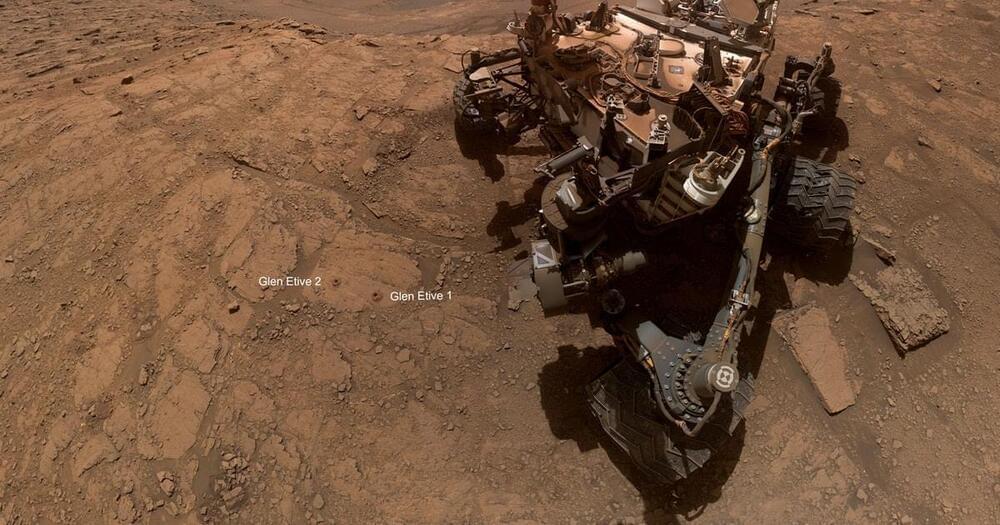Circa 2015 o.o!
If the holy grail of medieval alchemists was turning lead into gold, how much more magical would it be to draw gold from, well, poop? It turns out that a ton of sludge, the goo left behind when treating sewage, could contain several hundred dollars’ worth of metals—potentially enough to generate millions of dollars worth of gold, silver, and other minerals each year for a city of a million people.
Metals have long been known to concentrate in sewage, which mixes toilet water with effluent from industrial manufacturing, storm runoff, and anything else flushed down the drain. It’s a headache for sewage utilities that must cope with toxic metals lacing wastewater headed for streams or sludge that might otherwise be spread on farm fields.
But what if those metals had value? In a new study, scientists at Arizona State University (ASU), Tempe, quantified the different metals in sewage sludge and estimated what it all might be worth. They took sludge samples gathered from around the country and measured the metal content using a mass spectrometer that can discern different elements as they are ionized in a superhot plasma. The upshot: There’s as much as $13 million worth of metals in the sludge produced every year by a million-person city, including $2.6 million in gold and silver, they report online this week in Environmental Science & Technology.






